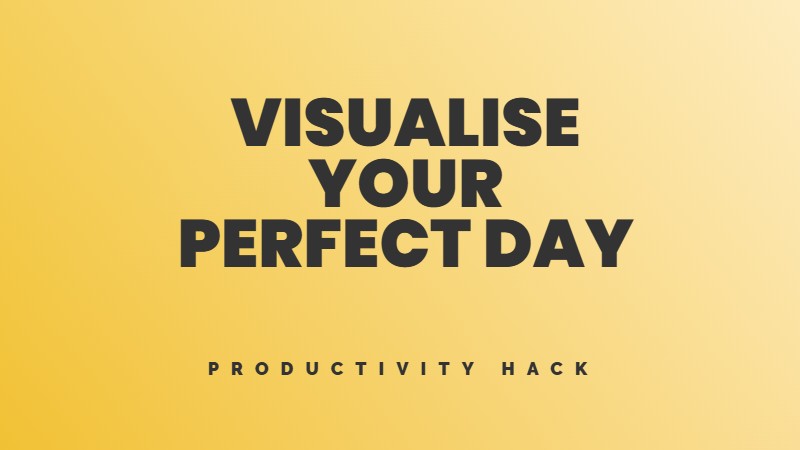A simple hack to curb your spending
With tap-and-go payments and one-click purchases, it’s easier than ever to overspend without realizing it. If you want to regain control of your finances and reduce unnecessary expenses, consider taking on the cash-only challenge. This straightforward approach can help you become more mindful of your spending habits and save money.
Slik fungerer det
The premise is simple: for a set period, typically a month, you use only cash for all your discretionary spending. This means withdrawing a predetermined amount of money at the beginning of the month and relying solely on that cash for expenses like groceries, entertainment, dining out, and shopping.
Why cash is king for cutting costs
How to do the cash-only challenge
Tips for overcoming any potential hurdles
While the cash-only method can be highly useful, it’s not without its challenges. Here are some tips to help you navigate potential obstacles:
Real-life success story
Sarah, a 32-year-old marketing professional, tried the cash-only challenge after noticing her monthly credit card bills creeping up.
“At first, it felt inconvenient and a bit old-fashioned,” she admits. “But after a week, I was shocked at how much more aware I became of my spending. I realized I was wasting money on little things that didn’t matter to me.”
By the end of the month, Sarah had saved over $300 compared to her usual spending.
“The best part was that I didn’t feel deprived,” she says. “I just made more intentional choices about where my money was going.”
Long-term benefits
While the cash-only challenge is often used as a short-term reset, many people find it leads to lasting changes in their financial habits. Even if you don’t stick to a strictly cash-only lifestyle long-term, the awareness and discipline you gain can help you make more mindful spending decisions.
By taking on this challenge, you’re not just saving money in the short term – you’re developing valuable skills and insights that can improve your financial health for years. So why not give it a try?




Gi tilbakemelding om dette